Chris Parkin presents an in depth review of the Sako A7 Roughtec Range 308 Winchester rifle
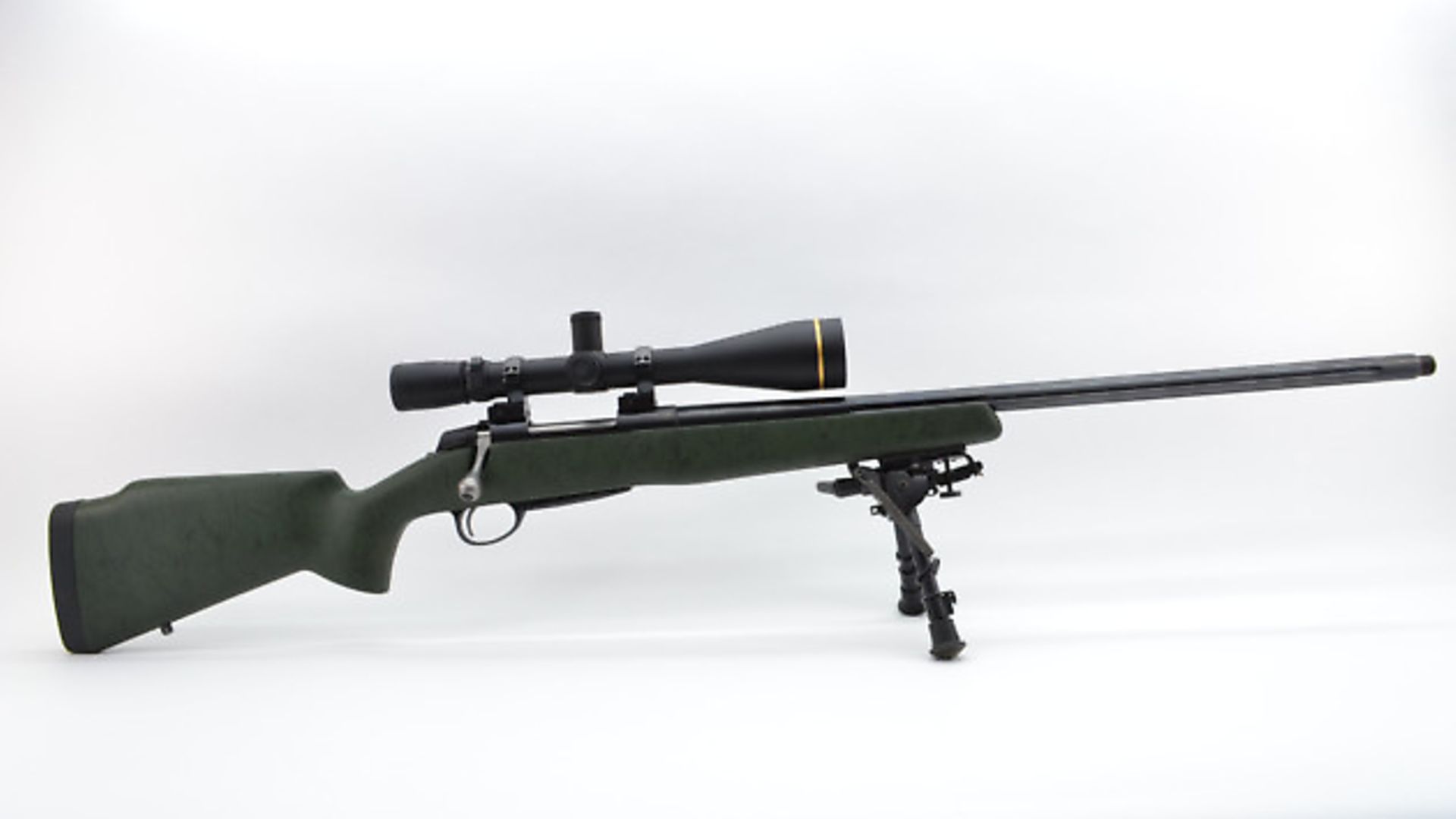 credit: Archant
credit: Archant
Likes
Quite simply, a thoroughly enjoyable gun to shoot
Well-specified throughout
Great trigger and stock design
Very well priced
Dislikes
Ten shot mag availability?
Otherwise, nothing.
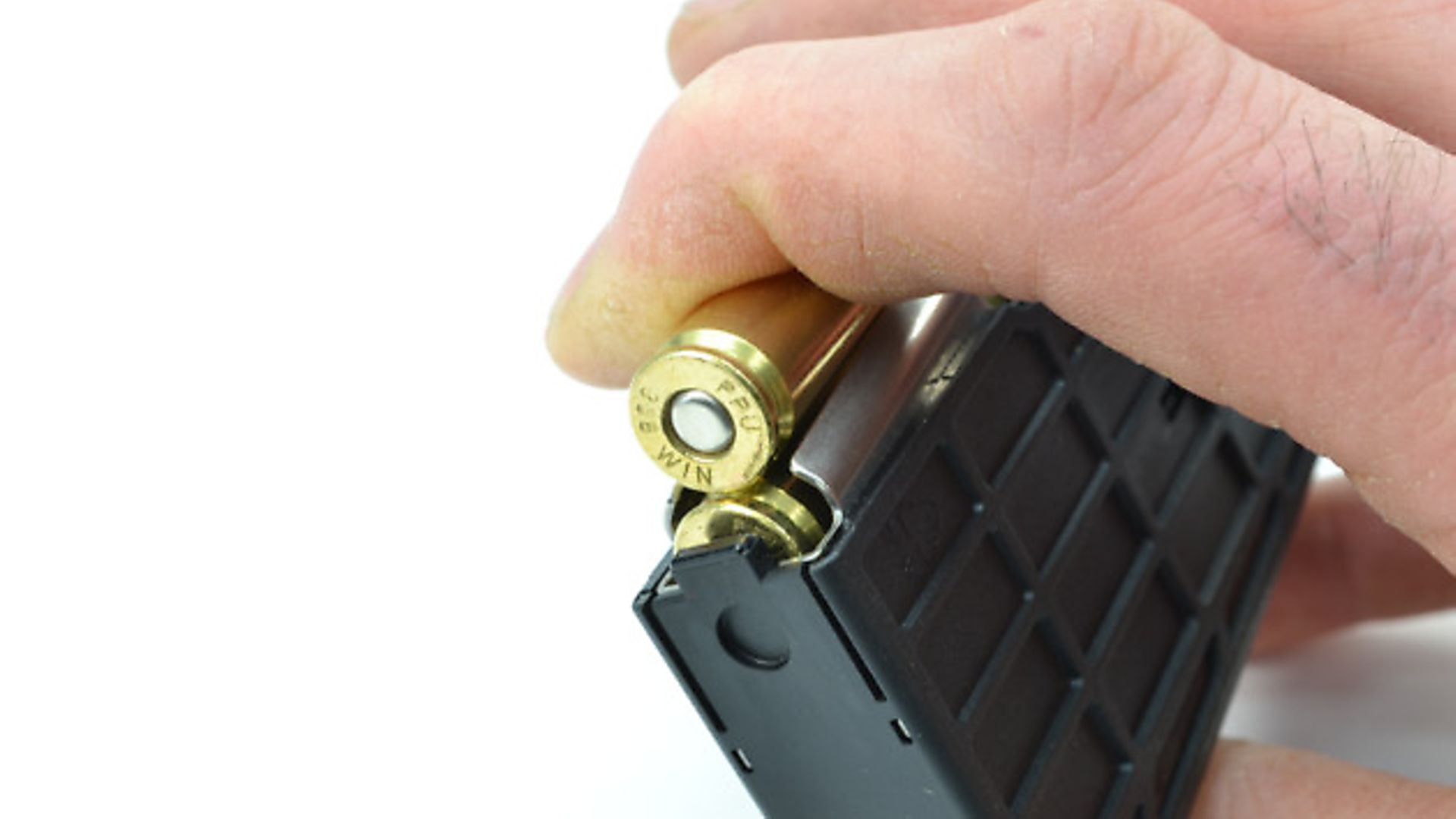 credit: Archant
credit: Archant
Verdict
I shoot a lot, and I really enjoyed just ‘going shooting’ with the Sako; it just did everything it promised from the first look to the last barrel cleaning.
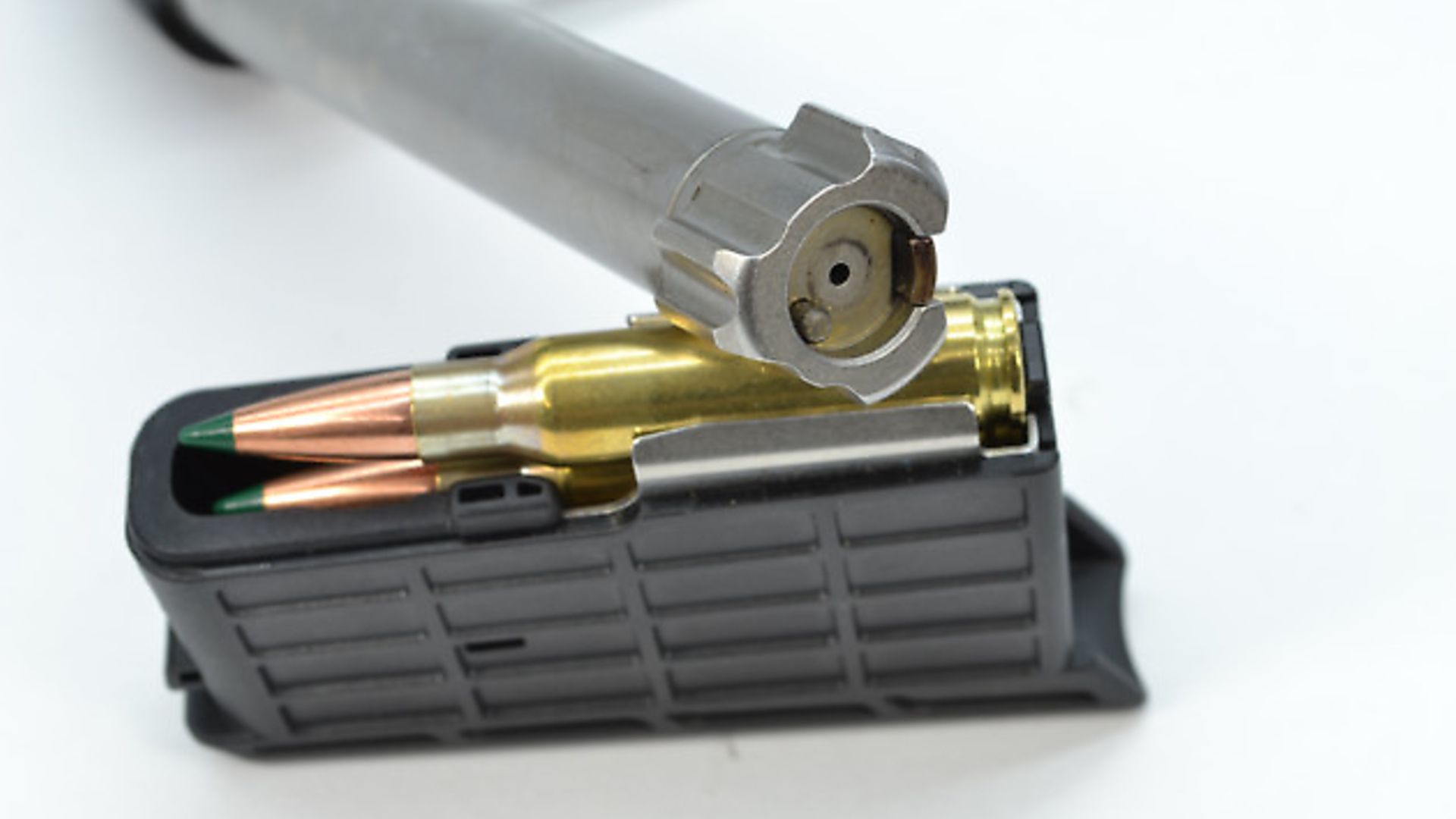 credit: Archant
credit: Archant
Sako A7 Roughtec Range 308 Winchester
Overall Length 1168mm/46”
Weight 4.2kg/9.25lbs
Barrel length 660mm/26”
Magazine capacity Detachable, 3+1
Trigger Single stage, adjustable from 500gr to 2000+ (factory set to break at 1600gr/66oz)
Stock Composite, fully floating barrel, two sling studs (swivels included)
Screwcut 17x1 mm
Accessories 5mm length of pull spacers, Sling Swivels
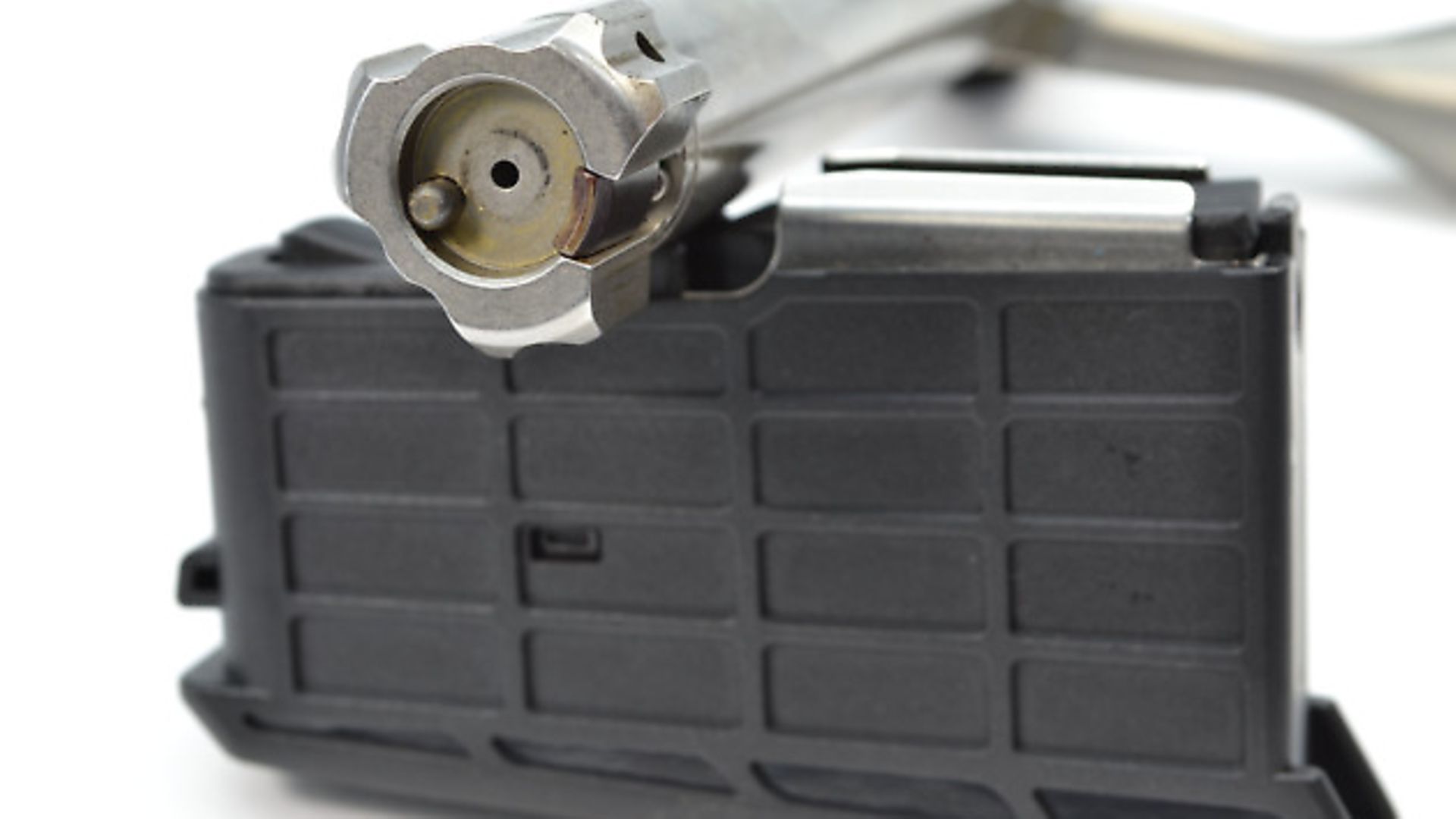 credit: Archant
credit: Archant
Price
£1435
IN DETAIL
Let’s make no bones about it, the Sako 85 and Tikka T3 are brothers in arms, and they comfortably reside at opposite ends of the Finnish rifle market; but what happens when you take the two and ‘melt’ them together? Well, you seem to get the Sako A7.
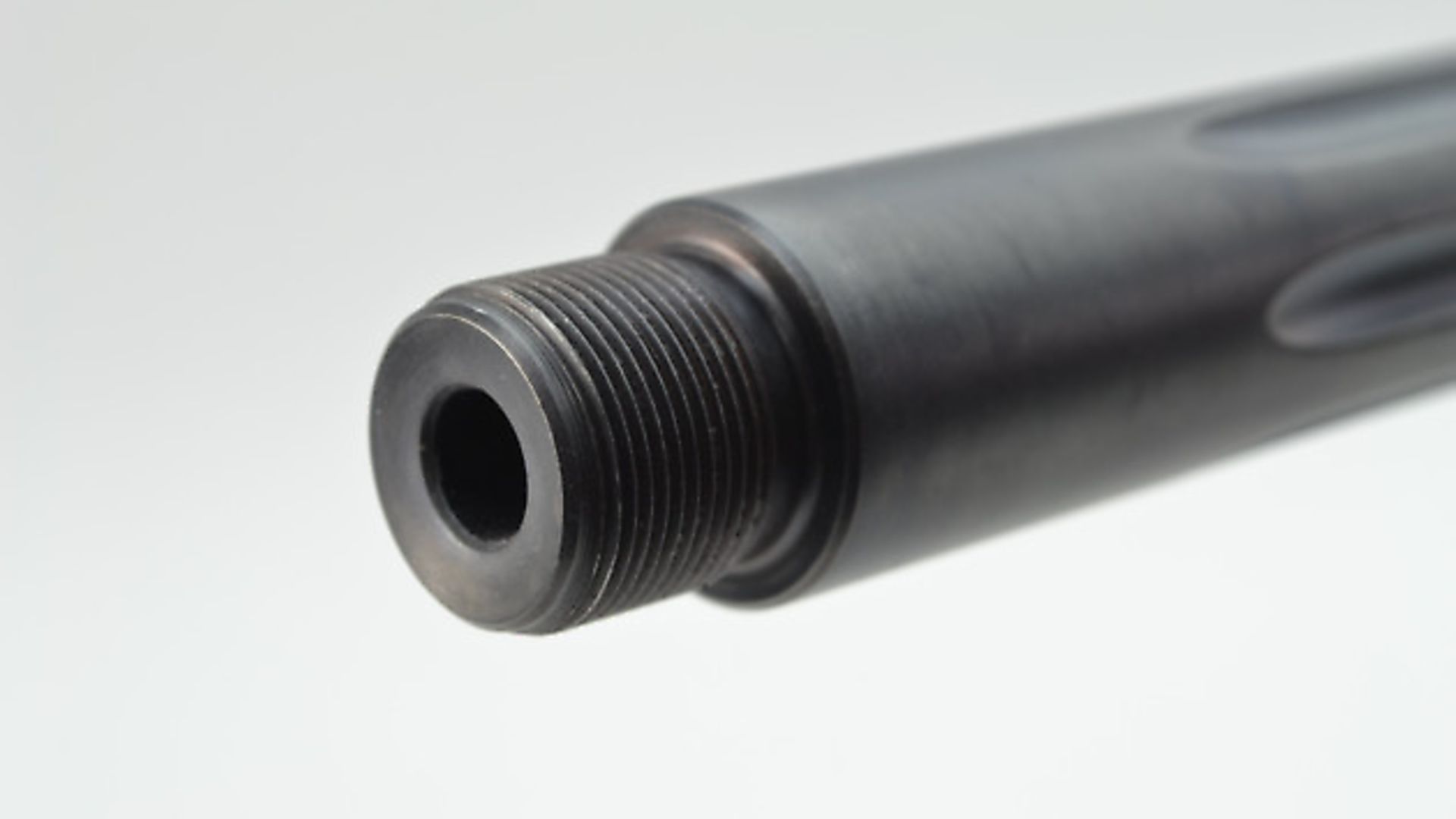 credit: Archant
credit: Archant
The fundamental differences between the actions are that the 85 has a triple-lug bolt, whereas the T3 shows only two. Realistically, neither system shows any great fundamental difference in terms of accuracy when made well, but the big Sako has what they term a ‘semi-controlled feed bolt face’. This allows rounds from the magazine to rise up from the follower and nestle behind the extractor claw before the bolt closes, rather than being pushed into position and retained as the sprung claw clips over the cartridge’s rim. Now, I don’t love this system; I see no point in its use over the simple push-feed face, but I can’t disagree that a three-lug bolt requires only 70, rather than 90-degree lift to open the action. On a sporting rifle this can be a slight advantage when operated with heavy gloves or in tight conditions, even though you generally need to apply a little more force to do it.
The A7 reminds me of the Sako 75 in that it combines all the best characteristics of its design with a few new tweaks. The A7 feeds centrally from a single-column magazine that is of a very clever design; unlike the usual requirement from a staggered twin column, the feed lips will actually spring apart, allowing you to top-load the gun through the ejection port. Single rounds feed perfectly well when dropped into the port opening too, so with the ability to also use a detachable polymer magazine that drops freely from the action to hold three rounds, you have all options covered. It also has the secure bolt face that encapsulates the full cartridge head with sprung plunger ejector, rather than a fixed blade within the action like the 75/85 and, all in, is a very reliable system with 100% functionality. I never liked the 85’s ability to deliver perfect reliability on extraction, as I found cases with thinner rims could easily slip off the bolt face, and only half draw back from the chamber. No safety problem, but irritating in a fast-fire situation when you could not re-rack the bolt to load another! Sako triggers are usually pretty good and made from fully machined, rather than stamped, components to provide intuitive control that is clearly discernible. Single stage and adjustable for pull weight, I found the nice slender blade with vertical grooves well positioned for my index finger pad to rest on and squeeze until a crisp break was felt, at around 1,100g.
The bottom ‘metal’ is actually a polymer unit but, like the magazine, shows metal where needed in the release latch positioned at the front. I have no great problem with polymers used here, as long as the companies can offer replacements years into the future, just in case one should break. It does have the advantage of never feeling too cold in the hands, especially when loading a magazine with no gloves in cold weather. All other controls are steel, with a thumb-operable safety to the right side of the action. Sako also uses a secondary button, which will allow the safe opening of the otherwise locked bolt when you want to unload safely. The bolt shroud is polymer, but it conceals a discreet cocked action indicator below its rear. Bolt release lever is to the left of the action’s faceted left side. Unlike the Sako 85 or Tikka T3 action, Weaver bases were fitted to the action bridges, and these need no real introduction; they are, quite simply (along with Picatinny rails), the best systems for scope mounting in the business, to my mind.
Composite stocks are often named as such, but are regularly just injection mouldings with minimal content of short fibres within the polymer injection moulding mix. The stock here is rather nice and more of a full composite construction, showing stiffness in the fore-end for reliable shooting from any position, and a nice green camo colour with a grippy textured feel throughout. Length of pull was also well proportioned at 252mm (137/8”). I find this dimension critical to how a rifle feels to shoot, but it does tie in somewhat with the exact reach from grip to trigger and the shape/height of the cheekpiece, which here was also ideal for me. When shooting prone with a nice slender profile, it allowed my head/eyes to remain horizontal, which is great for those long shots where you can be watching and waiting for the right opportunity as the wind shifts around. Better still, though, spacers are available to tweak this dimension, and sling swivels are fitted that accept bipods, etc. with great security. The gun felt secure, stable and confidence-inspiring to shoot at longer ranges, where ultimate precision is required. Some may find the regular sloped underside of the butt stock a little too normal, and not ‘tacticool’ enough, but I liked being able to use a clenched fist or rear bag to fine control elevation in the field, not just on a clinically set up firing point at the range.
The stock contains an inner aluminium bedding block within the action/barrel inlet, which mates with the underside of the action profile. The recoil lug is more like a recoil slot on the underside of the action, which bridges a cross member on this bedding block, which retains the gun with two Torx action screws for a solid fix. You can feel the metal-to-metal fit – when you tighten these in place everything comes to a dead stop, which is repeatable and gave me good return to zero when slackened off and re-tightened to 7Nm; a good sign of minimal action/bedding stress.
‘Range’ and ‘Varmint’ are words easily pushed around these days, but the specification of some rifles really seems inappropriate to satisfy such marketing claims. .308 is a great calibre to shoot with as it is both long-lasting, economic, easily fed with ammunition and, perhaps most importantly, really allows you to learn about controlling recoil and assessing how wind disrupts your bullet’s flight. A nice steady 870m/s (2,850fps) bullet speed, with a decent frontal area, not only dispatches game cleanly with minimal fuss, but also displaces the air a little more inefficiently (yes, in-efficiently); when target shooting at longer ranges this allows the ‘trace’ shown by the bullet to be seen a little more easily, unlike some of the smaller, faster and, yes, more ballistically efficient competitors. This may seem odd, but learning to read and ‘steer’ in the wind is far more useful in the real world than the latest, greatest ‘laser beam’ calibre to shoot with! Sako have chosen to specify a 660mm (26”) barrel too, and on the gentlemanly .308 Winchester, this extra 50mm (2”) can have a significant effect, getting it more easily through the transonic flight region to make reliable 900m (1,000 yard) shots. For the UK market, that 1,000 yard number carries significant weight in conversation and, although any .308 will get there, it might not quite do it reliably; the scorers in the target butts will report some holes appearing in targets without a sonic ‘crack’ overhead.
The barrel is hammer forged and carries six flutes, as well as a neatly machined 17mm x 1mm thread at the muzzle for a brake or sound moderator. I used neither when testing, but I did take advantage of the Leupold 6.5-20 x 50 VX-3 scopes, supplied with great target turrets in Minutes of Angle. I started out with this exact scope many years ago, and it was like returning to an old friend. Likewise, Sako’s Optilock rings are reliable performers, here bolted to the Weaver/Picatinny lower adaptors for an ultra-reliable unit, with rose-jointed inserts to guarantee stress-free scope alignment.
For deer stalking, a 20-22” barrel in .308 is perfect with a mod on, as you have no issue over bullet speeds or energy from the clean-burning, easily fed .308 round. However, for the stalker who wants to go to the range and extend their shoots a little more often than they want to go hunting, I really liked the A7 Range. I was supplied a quantity of Sako Hammerhead soft-point ammunition with the gun, and although the 0.410 B.C. (and soft point) is not exactly a target shooting contender, the fine-quality brass made for perfect re-loads. All 660mm of barrel gave me the promised muzzle velocities too, and after the mandatory five-shot sighting-in process at 100m (to check speeds and zero the gun) I was already on the moors and so went straight out to 400, 500 and then 850m. I care little for alleged accuracy testing in limited time frames these days, and am far more interested in how the gun shoots straight from the box and, after that, how accessible performance is when given the rough treatment of a dirty barrel, mixed ammunition batches changed over regularly, and a wide variety of bullet types. This especially applies to .308s, with which I rarely go below 150gr for hunting, but do like the 168/175gr envelope for pure shooting fun, and the latter particularly at long range. I have a few pet hand-loads that I know to work well, and I also know roughly what a full load-development job will improve a gun by. However, if the factory ammo doesn’t float my boat to start with I see an uphill struggle ahead and, although it may be second nature for me to quickly divert to hand-loads for my own guns, I must consider whether the intended buyers of these rifles want to be forced into that.
Well, this was a boring gun – a really dull one, in fact, because it never missed a beat. Like many .308s, it was a plain good shooter accuracy-wise, and it was so easy to access that accuracy! At no time did any three or five-shot group at short range from any realistic shooting position disappoint me. I am far beyond blaming a rifle; I’m totally open to my own acceptance of personal technique and identifying when I get the shot wrong… because I often do. But then again, I do shoot often!
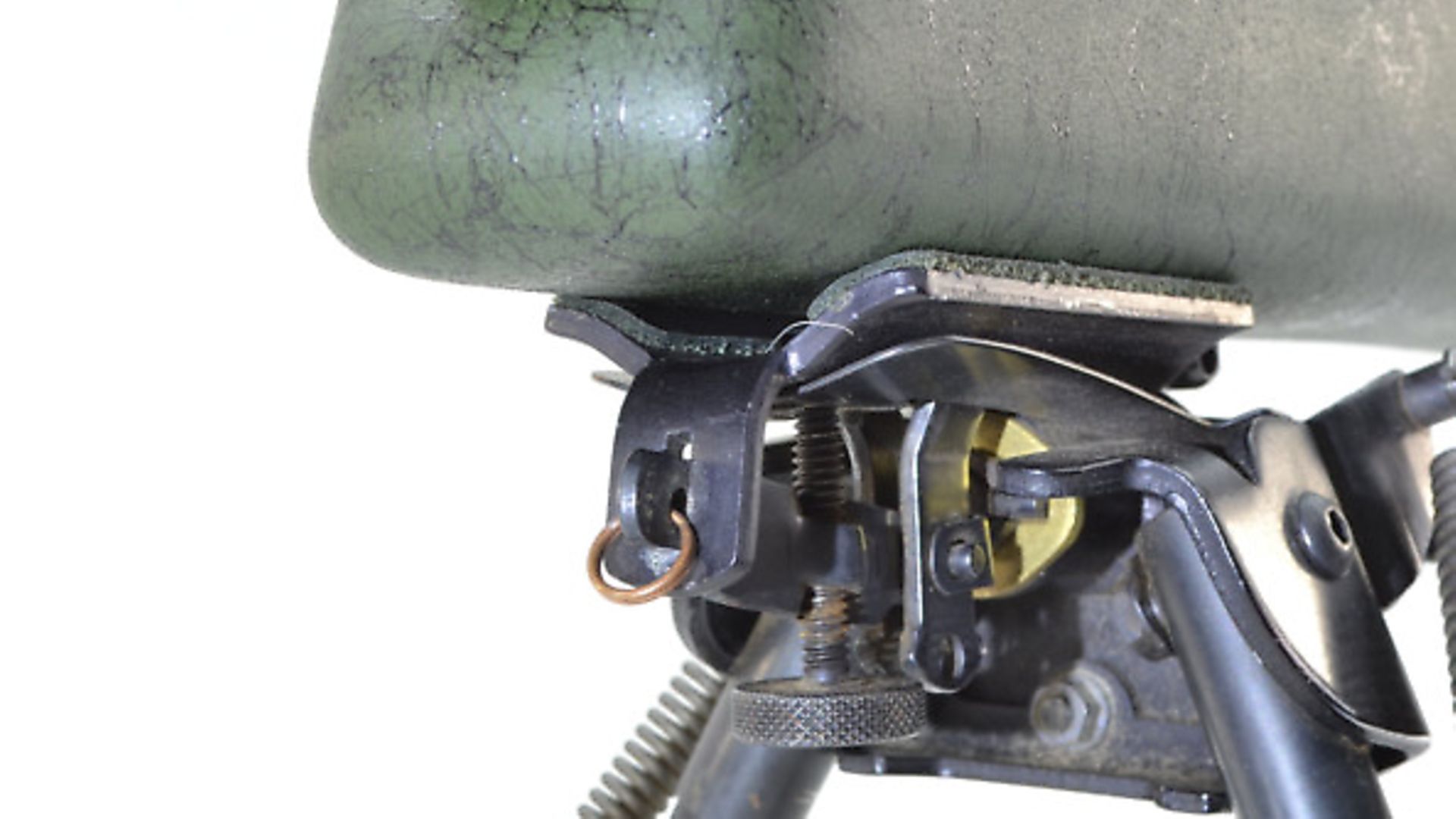 credit: Archant
credit: Archant
Leupold M.O.A turrets are solid performers and, with the usual inputs into my iPhone ballistics app and Kestrel Applied Ballistics anemometer, I had no problem at all finding the distant targets and retaining regular hits, well within my ability to ‘call’ the wind. My first centrefire was a Sako 75 and I shot it out twice (after a re-barrel), so to say I was familiar with the gun is an understatement. I did not really take to a brief encounter with the 85, but this A7 really entertained me; it bears more 75 lineage in my opinion than anything else. It is no lightweight at 4.2kg so, as expected, recoil is minimised and well controlled. Still, the way the gun felt to point and aim, especially from supported positions, was a delight and, like all the best rifles, it never felt weighty or ungainly. It was well balanced and, dare I say it, light footed. I liked what Sako had done with the magazine system and think the steel feed lips will be a little more durable than the polymer ones on the T3. Enquiries continue as to whether a large capacity magazine is available because, off the shelf, this is a rifle that really does satisfy its performance mandate, and shows that the engineers and shooters at Sako (not just the accountants and marketers) were listened to in its creation.
Sako’s hammer-forged barrels enjoy a great reputation and, although I treated it fairly brutally in terms of cleaning, I found it to suffer little from fouling problems and also to clean relatively easily, which is a good indicator of surface quality of the inner bore. Fit and finish on the entire rifle was second to none, combining the looks of old-world gunsmithing with modern coatings and some of the finest machining in the business. You can take any Sako apart, look ‘behind the scenes’, and you will rarely find a tooling mark, never mind any kind of residual moulding characteristics on metal or plastics. Yes, this is the Sako I remember.
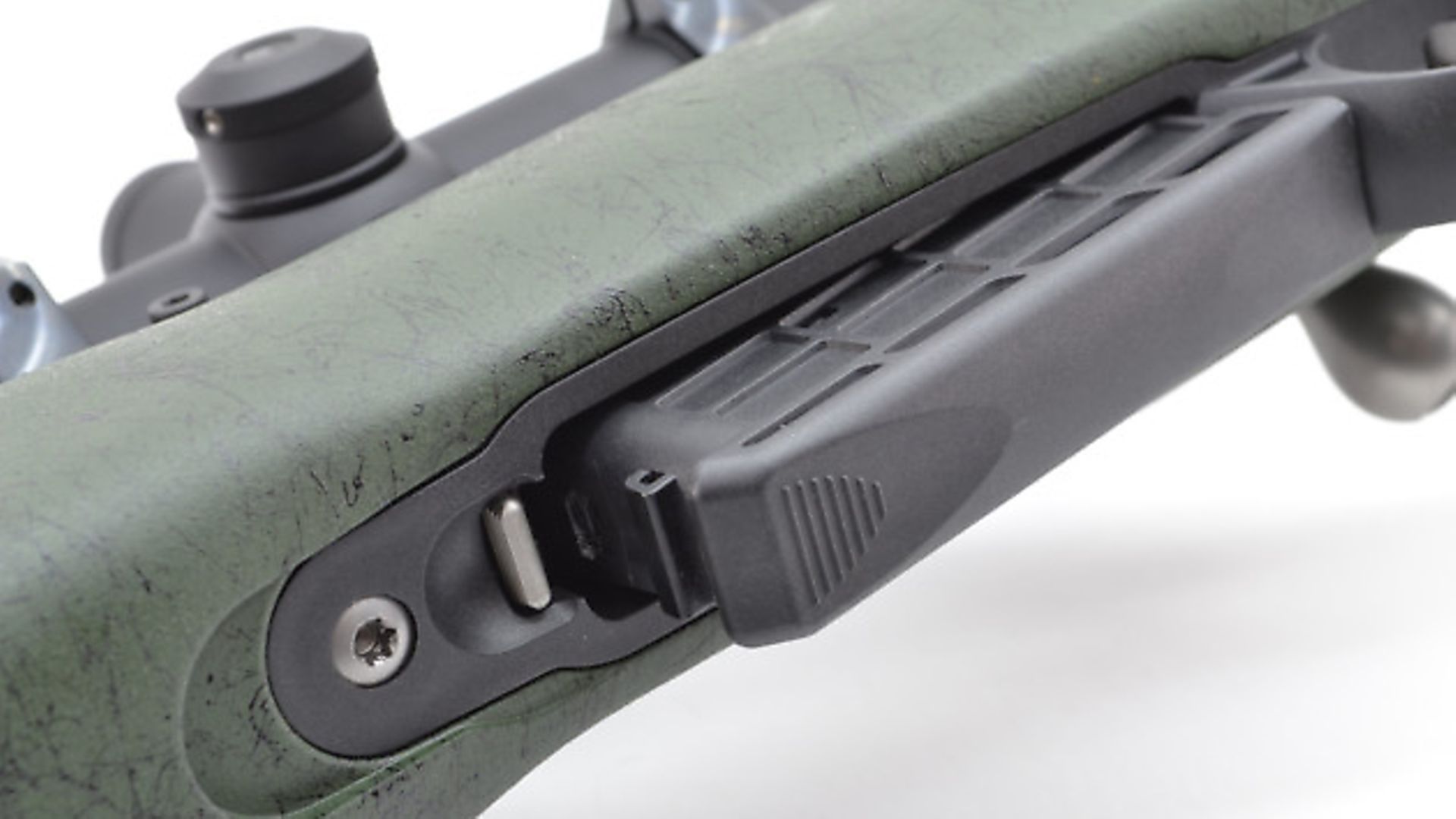 credit: Archant
credit: Archant
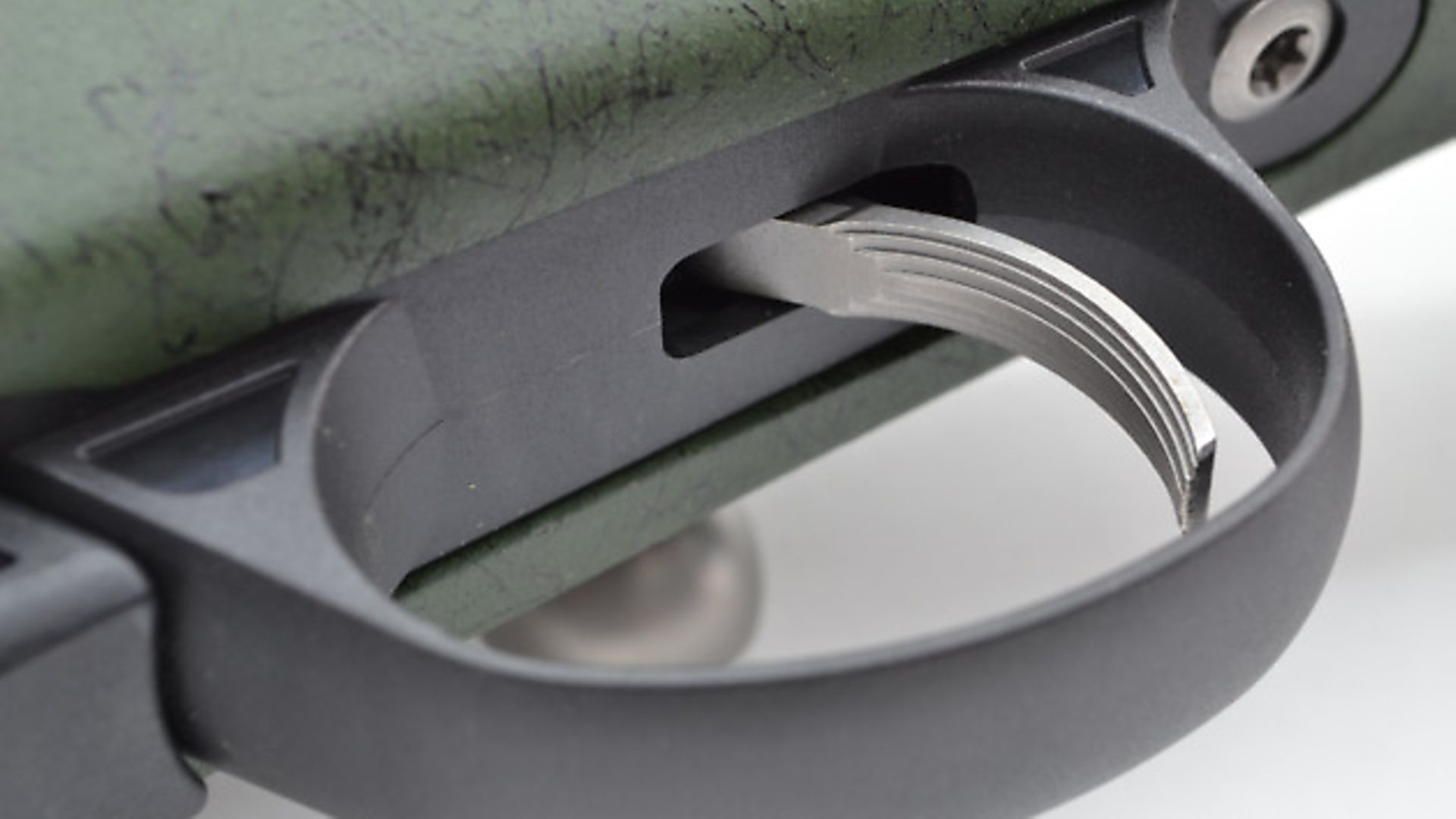 credit: Archant
credit: Archant
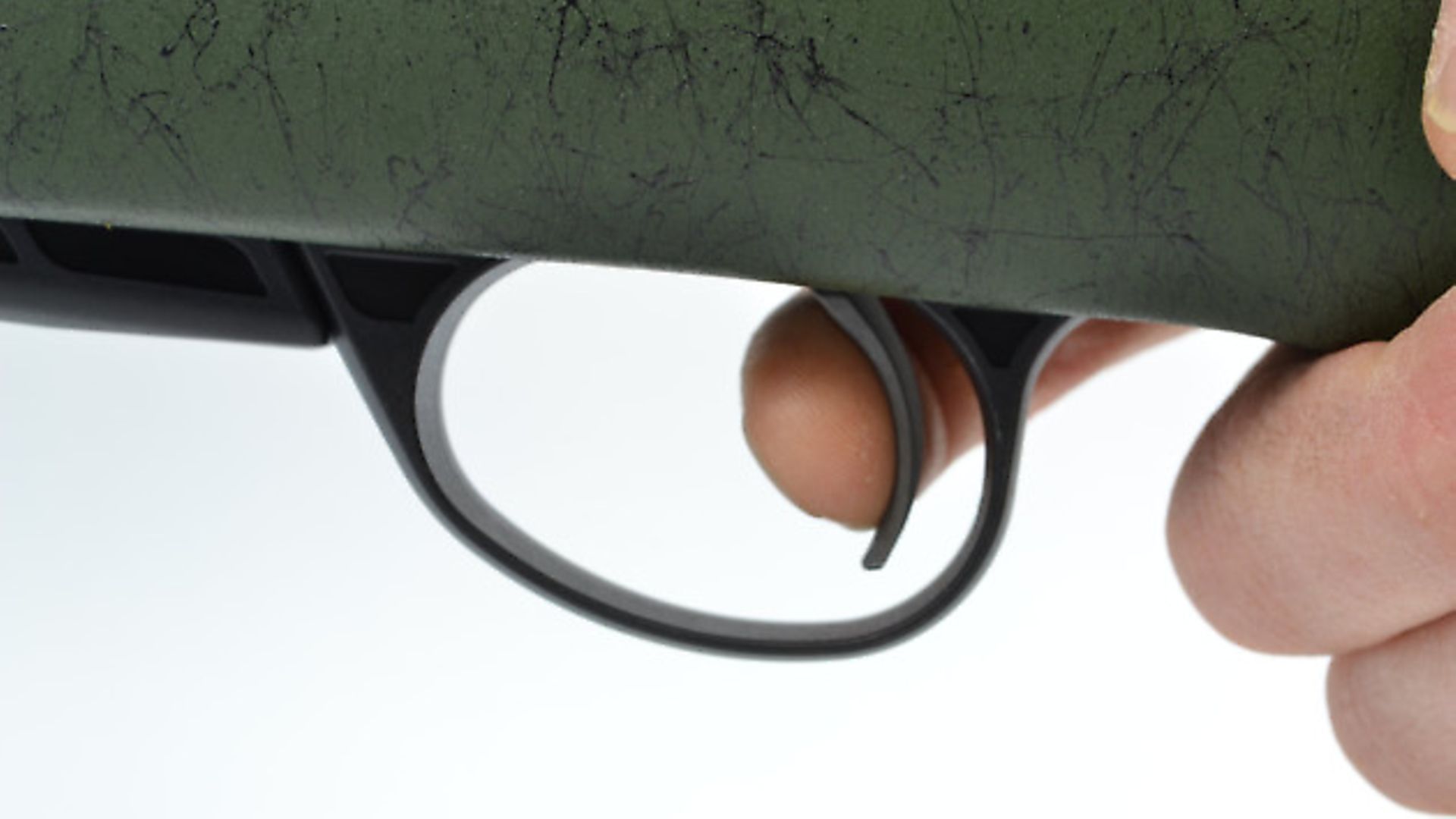 credit: Archant
credit: Archant
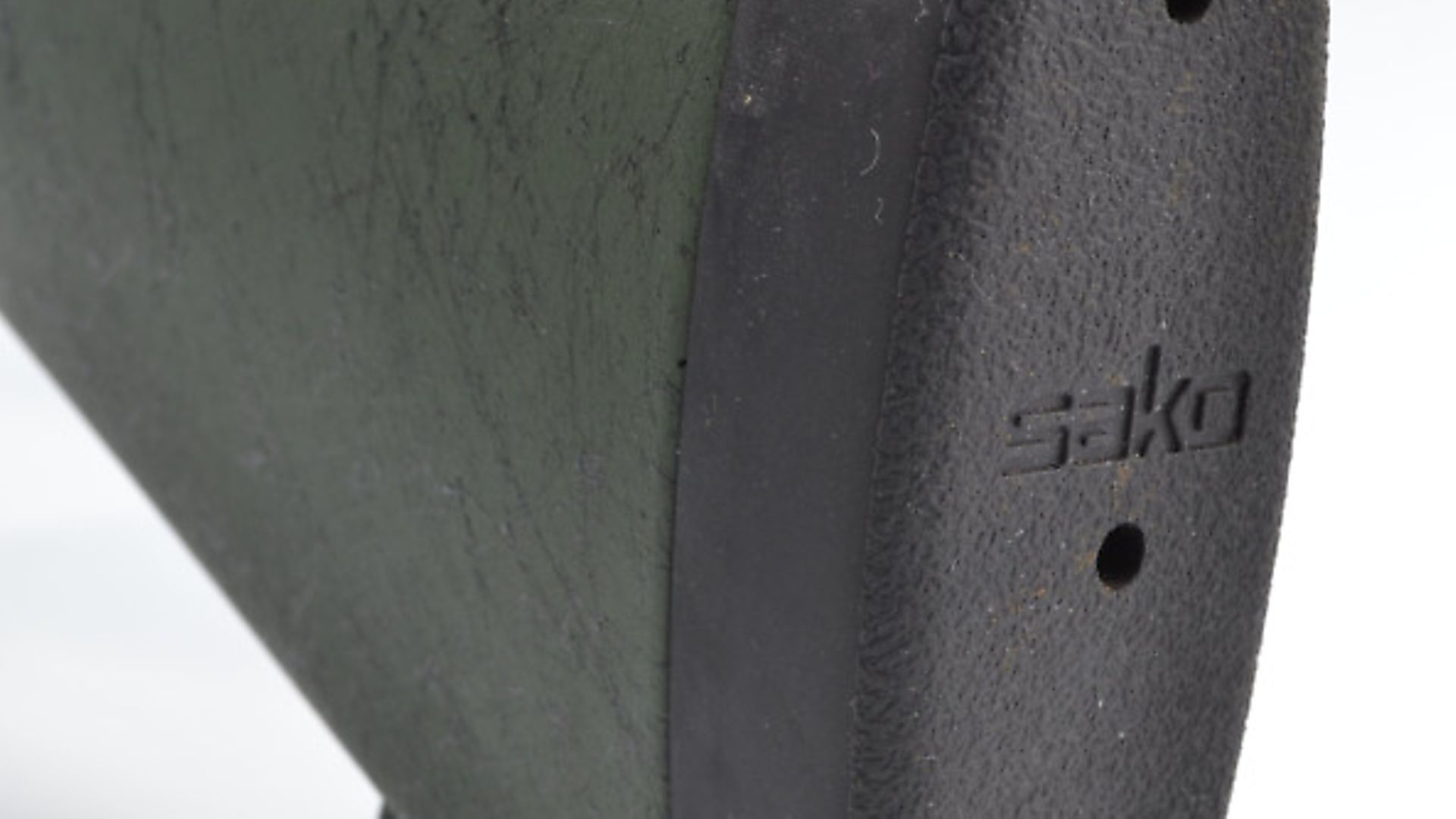 credit: Archant
credit: Archant
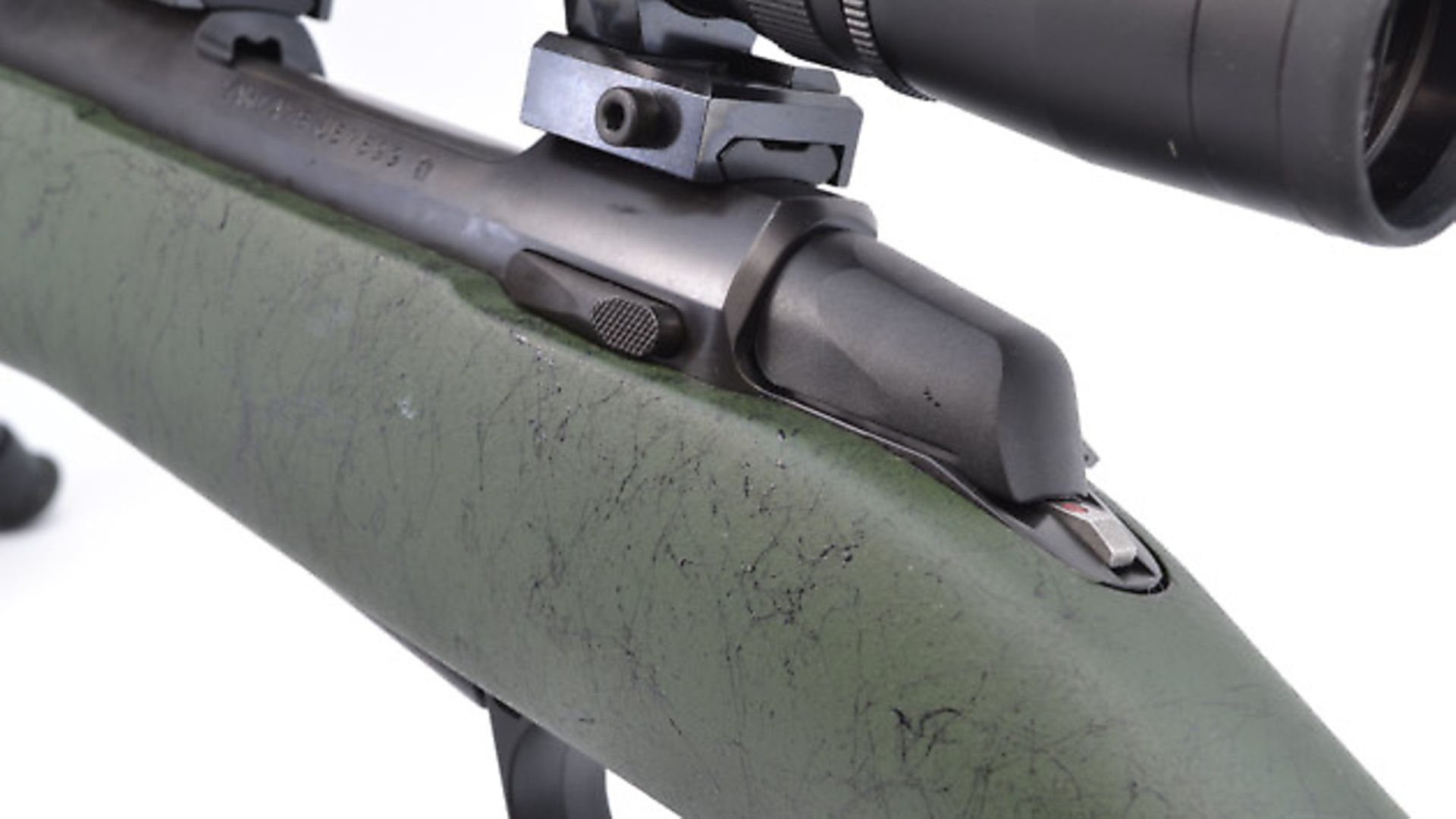 credit: Archant
credit: Archant
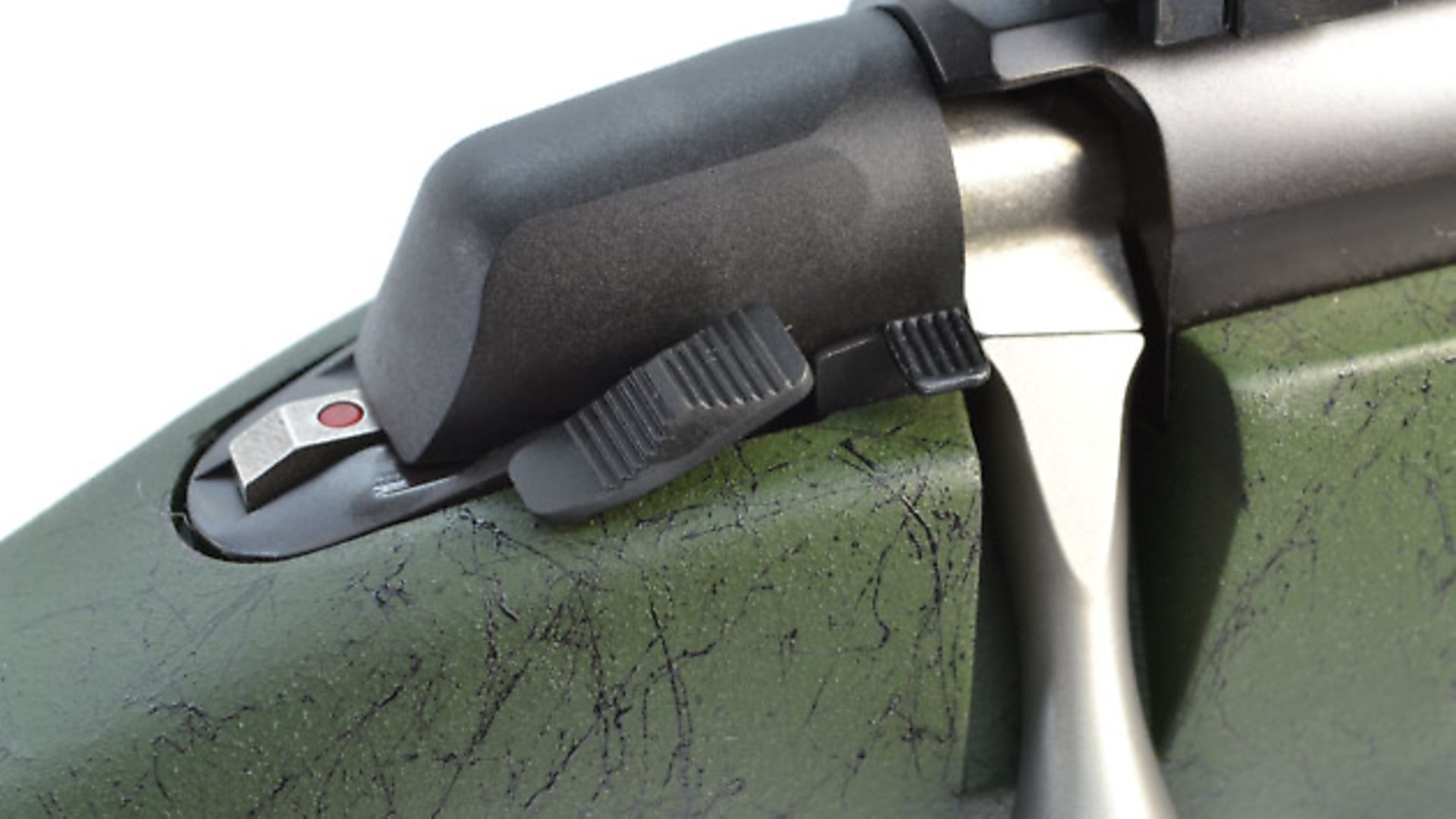 credit: Archant
credit: Archant
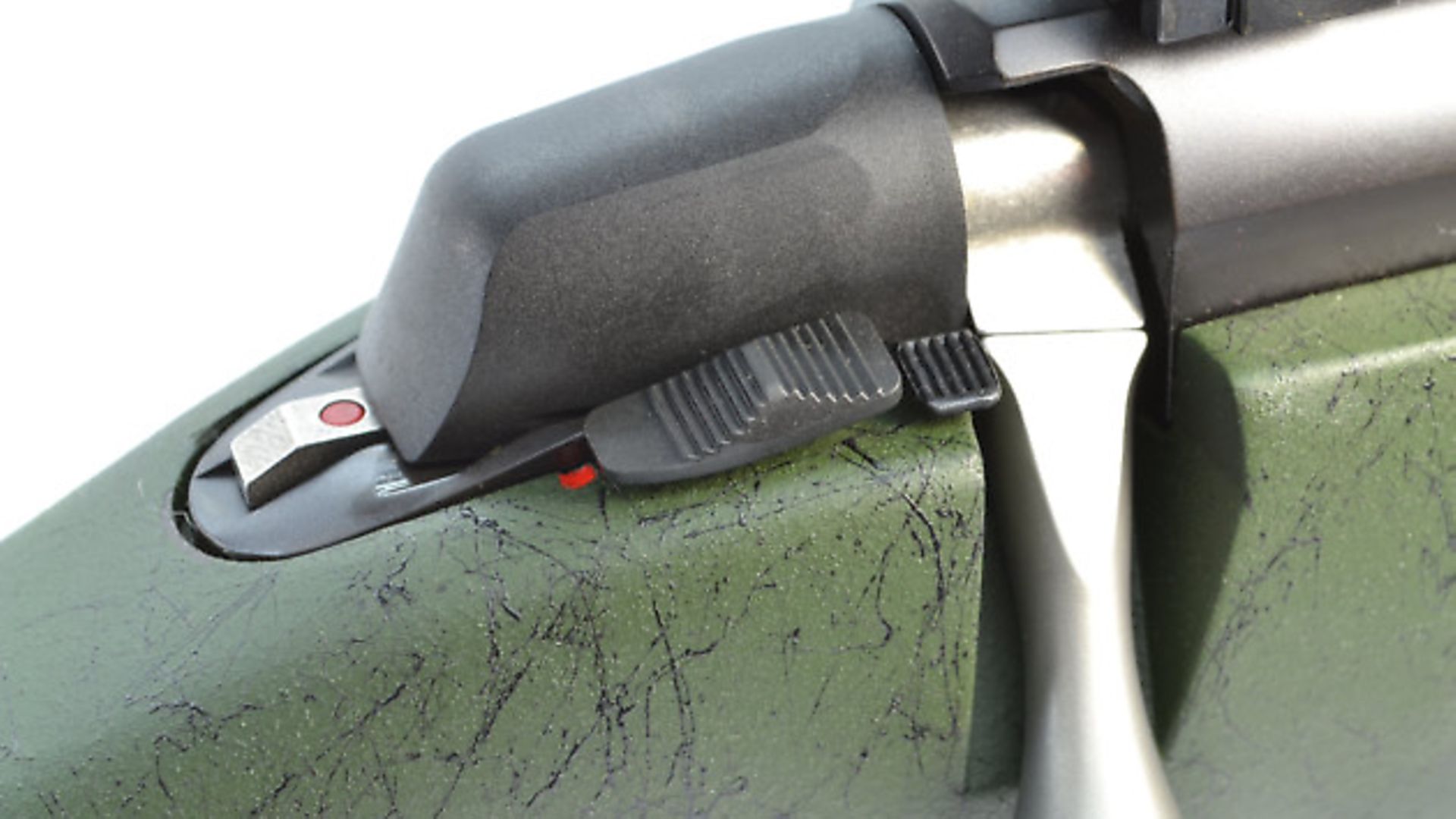 credit: Archant
credit: Archant
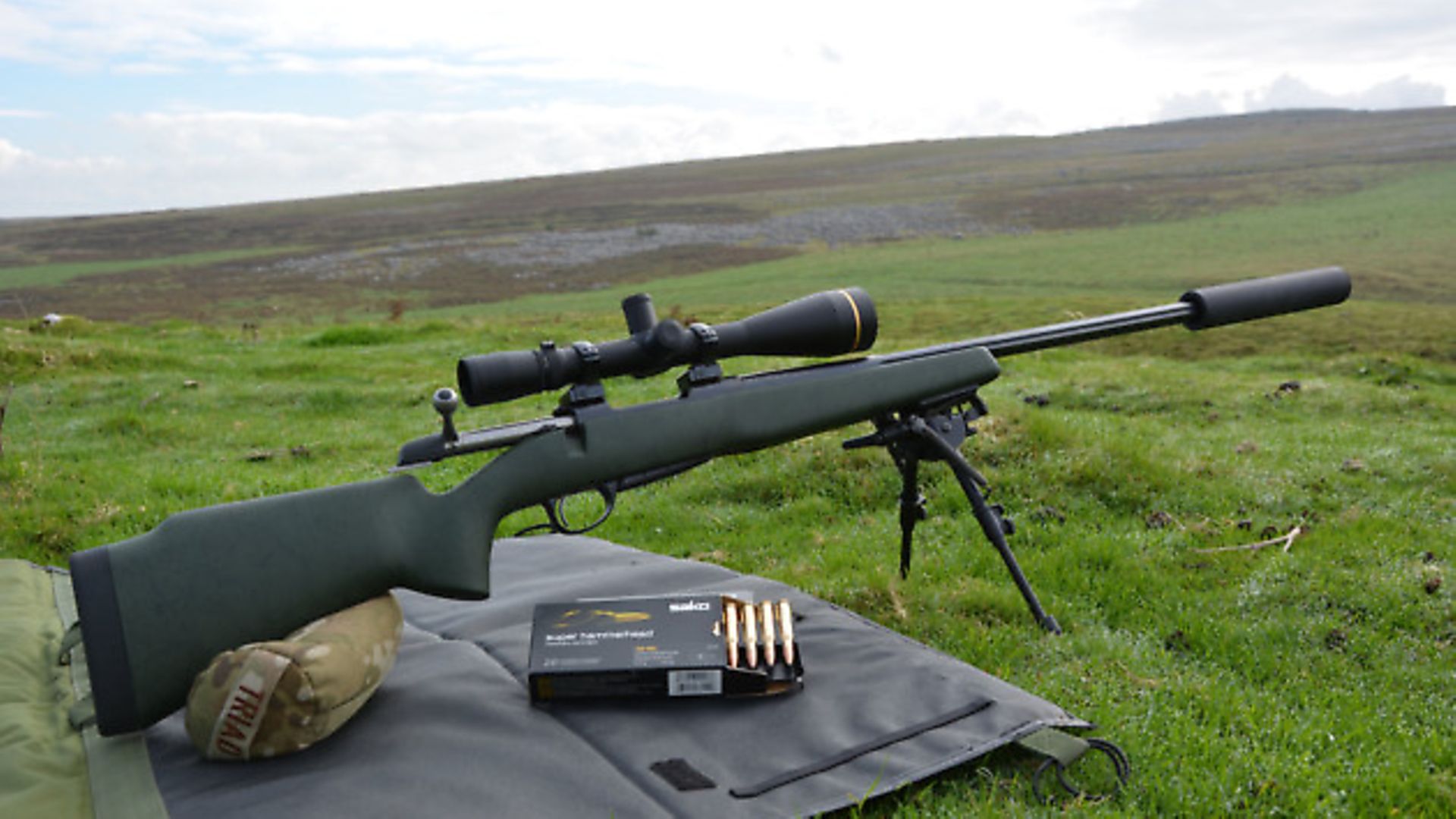 credit: Archant
credit: Archant
 credit: Archant
credit: Archant
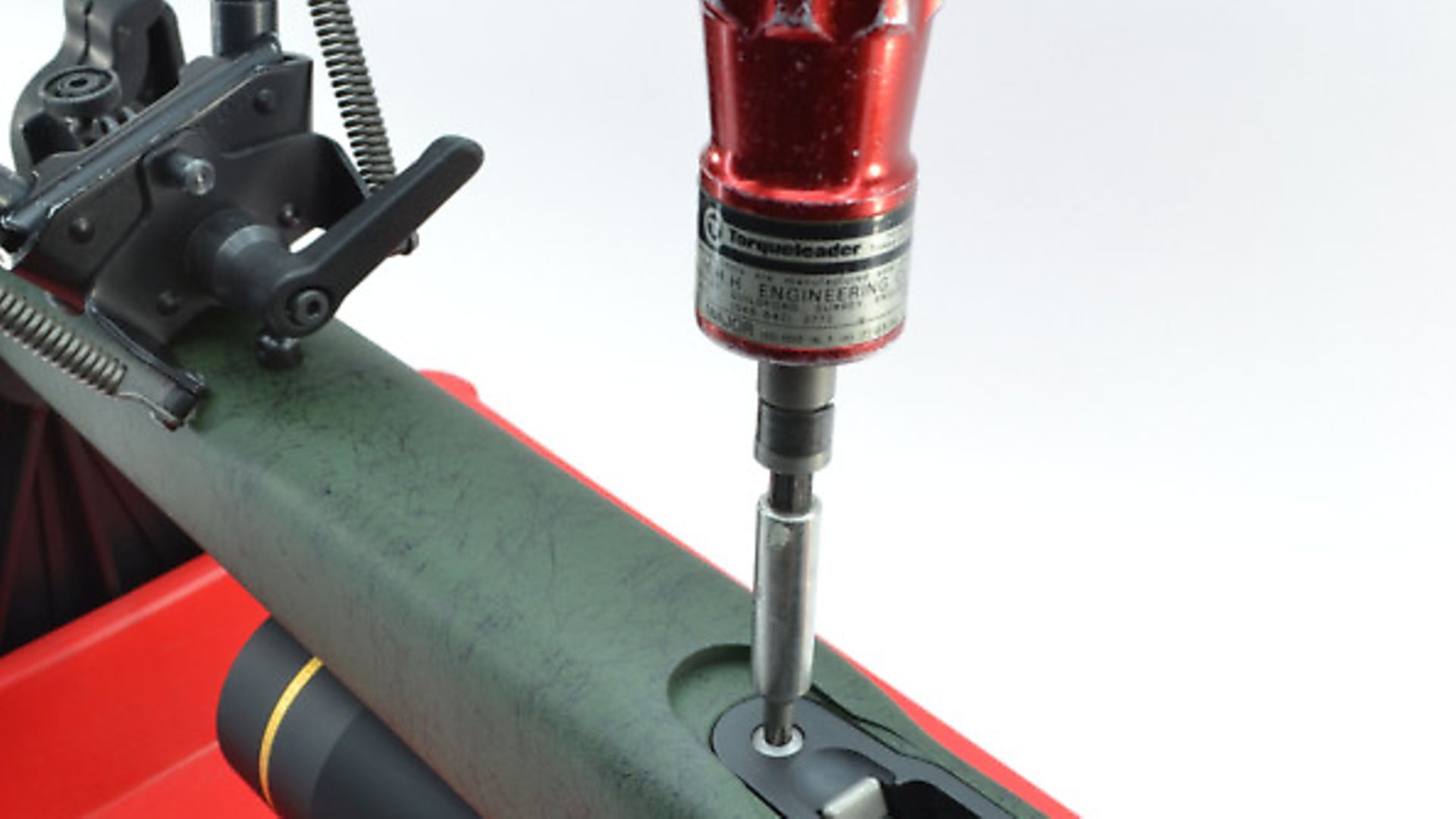 credit: Archant
credit: Archant
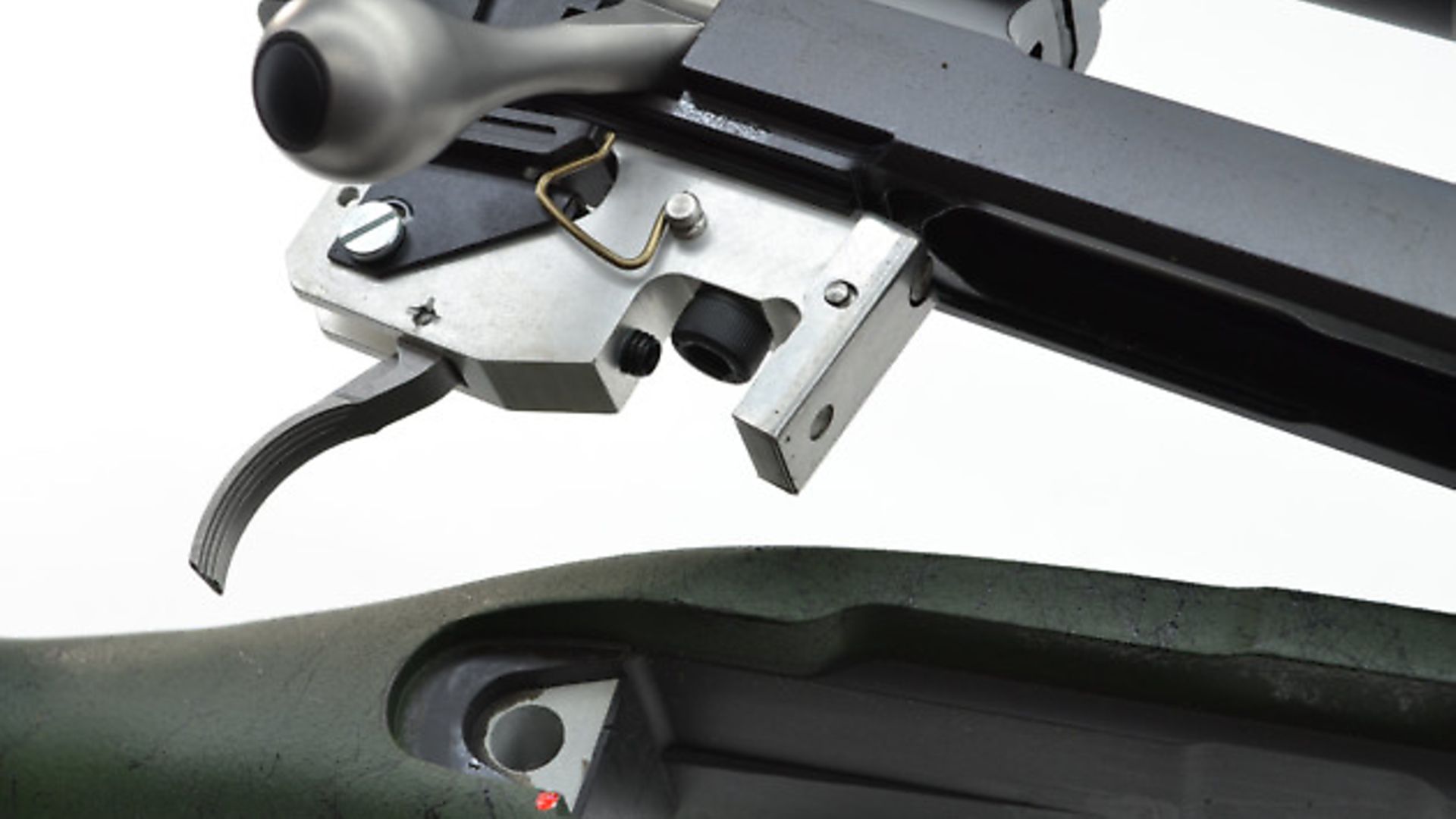 credit: Archant
credit: Archant
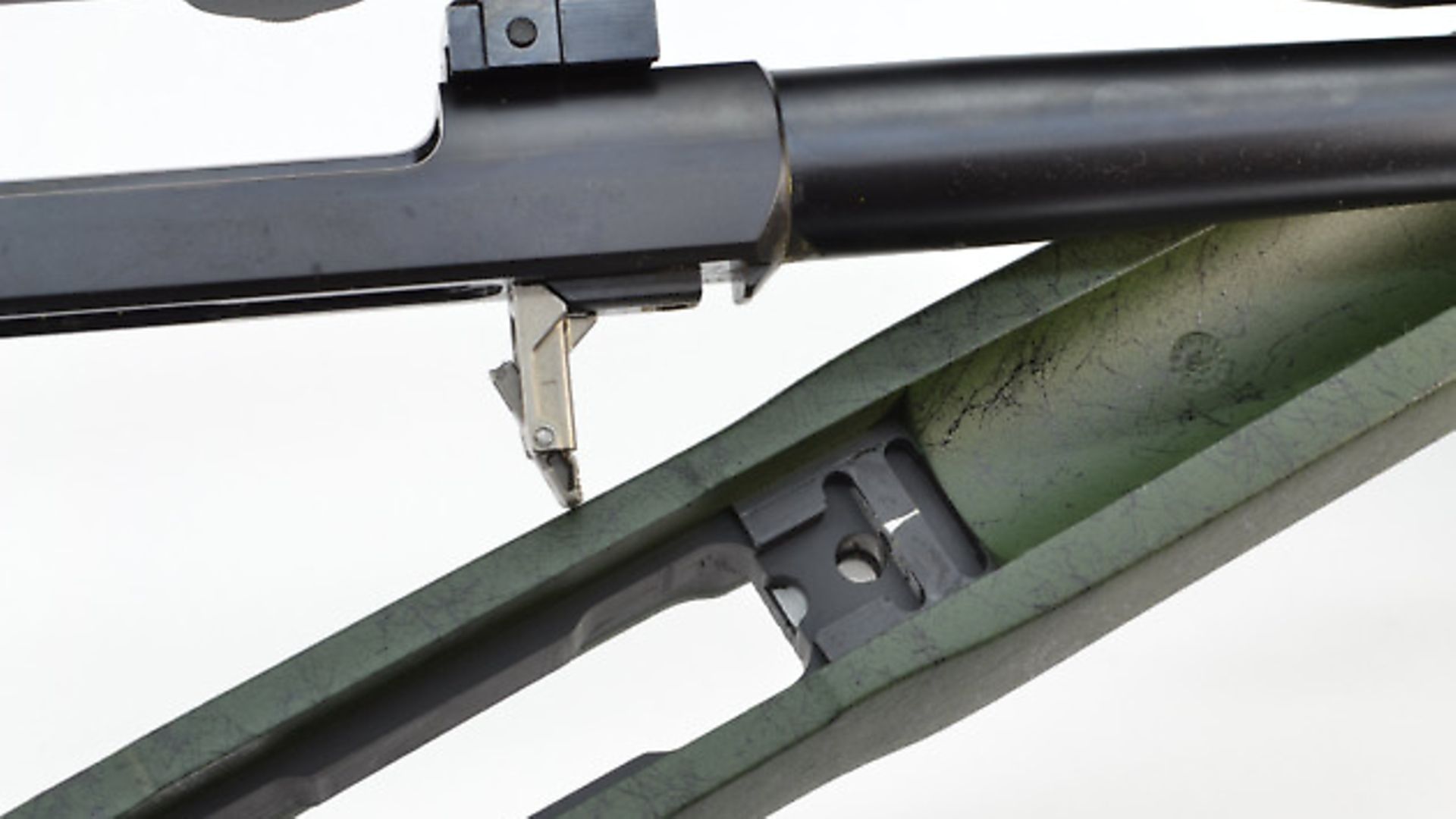 credit: Archant
credit: Archant